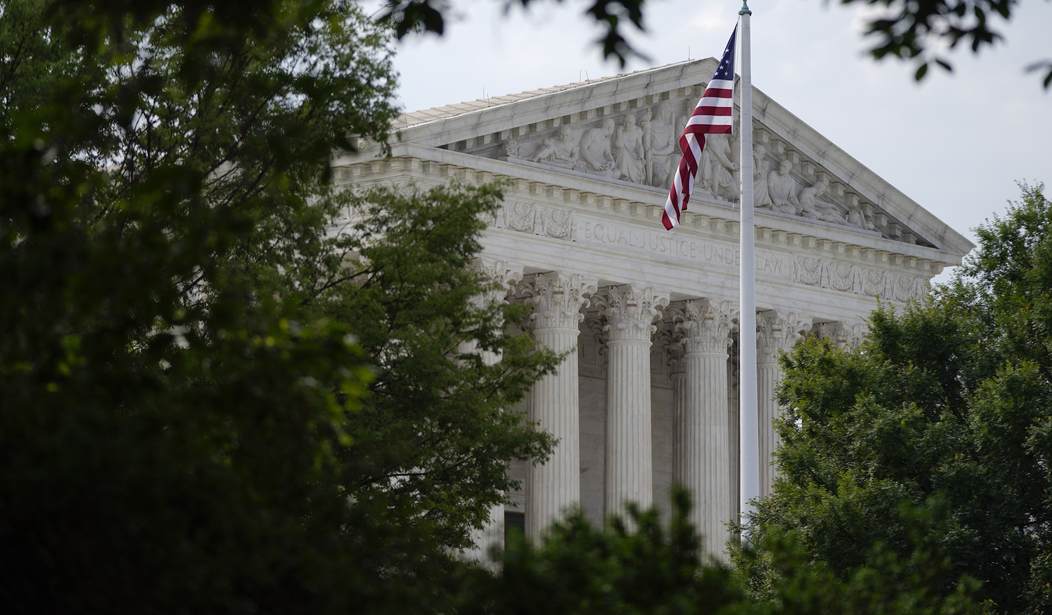I don’t normally plan on doing two-part pieces. I can usually say what I need to say in a single post, even if it runs a tad long.
However, the Bruen decision came out last week. That means there’s been a ton of deep dives into what the decision actually means, including our own.
Yet most of us are laymen. We’re not experts on the law.
Over at SCOTUS Blog, Georgetown law professor Randy Barnett talks about the decision. Barnett has a Washington D.C. carry permit–and going into some of the discussion around this one will go into part 2–and so he’s familiar with gun control and its impact.
He takes a look at Bruen, and his take is actually pretty interesting.
In particular, looking at the “text and history” approach Justice Clarence Thomas called for in his decision.
As he describes it, Thomas’ approach seems to base the existence of a right on a finding that the liberty in question, here the right to carry arms outside the home, had never been restricted. What if a liberty was not prohibited or regulated until the 1930s — say, the use of marijuana for medical purposes. Does that mean it cannot be prohibited or regulated now? I approve of the implication that it cannot be prohibited, though I should think it may still be regulated. What does the majority think? Conversely, on this conception of rights, if history reveals a long tradition of regulation (not prohibition) of a particular liberty, does this mean it cannot be considered a constitutional right?
There is, however, an even more fundamental question raised by Thomas’ text-and-history approach. It seems to assume that, once we use history to identify the “outer contours” of a constitutional right, then any such right bars not only prohibitions on its exercise but also trumps any statutory regulation of it. Prior to the New Deal, however, rights were not viewed as trumps on the regulatory power of government. Instead, the existence of a right barred the complete deprivation of it — that is, a prohibition — and statutes were “strictly” or “equitably” construed to avoid this result. And the existence of a right also required that a regulation be within the power of a legislature to enact. At the federal level, this meant a power delegated to Congress by the Constitution. At the state level, this meant what is called the state’s “police power.” While broad, the state police power was not unlimited.
…
To assess whether this is the case requires a court to evaluate whether there is a sufficient fit between the ends of the legislation and the means adopted to achieve it. Or, as Alexander Hamilton put the matter: Congress “has only a right to pass such laws as are necessary and proper to accomplish the objects intrusted to it,” and “the relation between the measure and the end … must be the criterion of constitutionality.” This sounds like a means-ends analysis to me.
Thomas seems to want to limit the original scope of a constitutional right by his historical inquiry. And then the right, so limited, may not be restricted in any way. If rights are this absolute, however, then we cannot afford to recognize very many if government is to function. This would explain Thomas’ apparent movement toward an “enumerated rights only” view of constitutional rights (though he has not yet committed himself to this view). But viewing rights as absolute in this way is quite modern and ahistorical, and its invocation in a purportedly originalist opinion is therefore surprising.
It’s an interesting take. Now, admittedly, I have the absolutist view on our rights and I’m not sure I agree that it’s ahistorical. However, it’s not something I’m interested in debating, all things considered.
The truth is that while I, personally, hold that view, I understand that I’m in the minority.
What matters, though, is that the “text and history” standard has the potential to be huge in the long run. After all, there is no text or history banning a category of weapon in common use nor is there any for restricting how much ammunition a firearm can hold.
Yet that may just be the tip of the iceberg.
Banning accessories like bump stocks or pistol braces? Again, no text or history suggests this was a practice when the Second Amendment was penned. Mandatory training before getting a permit? Hell, there’s no evidence of permitting at that time either.
In fact, there are few gun control laws that can reasonably withstand such an examination, which should well put all gun control enthusiasts on alert.







Join the conversation as a VIP Member